The two most common alternate-history settings are ones based on World War II and the American Civil War. Bringing up a distant third are those based upon the American War of Independence, one of which is The Two Georges by author Harry Turtledove and Academy Award-winning actor Richard Dreyfuss.
The history presented within the novel is kept deliberately vague in favor of a globetrotting adventure mystery across this alternate North America, unraveling a vast international conspiracy against the British Empire and indulging in all of America’s favorite stereotypes of Britain and the British.
This last aspect of the novel mars a riveting plot that makes up for a lot of holes in the history presented, but the novel is unashamedly pop alternate history with recognizable twentieth-century figures of the United States shown broadly similar to their historical personalities within the timeline. In going for this feel, the history presented in the novel comes in brief facts and flashes throughout that has to be pieced together, but enough for the reader to get an overall feel for the different direction history has taken.
The brief glimpses we get into the history of this alternate world provide plenty of color to the world Turtledove and Dreyfuss created; but in most cases these stretch the realms of plausibility so far that they lead to more questions than answers.
The actual divergence from our own history is kept to the broadest possible terms: the Thirteen Colonies are able to diplomatically resolve their grievances with the United Kingdom and are reorganized into a self-governing confederation within the British Empire. This is commemorated in the eponymous painting The Two Georges, one being King George III and the other George Washington.
A tad convenient perhaps, but this is forgivable if it creates an interesting enough world in which to set the story.
More than 200 years down the line, this has led to the North American Union, encompassing all of the historical Canada and the United States sans Alaska (which remains part of the Russian Empire), with the additions of Baja California and parts of the Caribbean (the accompanying maps are vague on this part of the world). From this we gather that the North American Union was just as expansionist, if not more so, than the historical United States.
Despite this alternate Manifest Destiny against the other colonial powers of the continent, the Native Americans have fared much better than they did under the US, to the extent that the Iroquois and Cherokee have their provinces the equivalent of the Princely States in the British Raj. It is mentioned in the novel that George Washington held back the settlement of the lands beyond the Proclamation Line of 1763 and thus is the only white man allowed in the Iroquois afterlife. This is in spite of Washington already having acquired the nickname Town Destroyer from the Iroquois for his actions in the French and Indian War, not to mentioned the Proclamation Line being one of many sources of dispute between the Thirteen Colonies and Britain leading to American independence.
Andrew Jackson is also mentioned as a former governor-general who oversaw the end of slavery without a Civil War. Andrew Jackson, rough-hewn frontiersman, appointed by the British monarchy as their representative or even elected by a combination of Yankee merchants and Southron planters. Andrew Jackson, the man behind the Trail of Tears, acquiescing to the Cherokee having a measure of autonomy and keeping their lands. Andrew Jackson, opponent of abolition who was prepared to use military force against a rebellious state, having the willingness and negotiating ability to free the slaves in the NAU without resorting to use of force. All too often the history presented comes across as trying to hammer a square American peg into a round British Empire hole, and the NAU is just the beginning of a puzzling world situation presented in the novel.
The NAU sits within a British Empire that is the largest empire on an Earth that is full of them, also controlling vast swathes of Africa and all of Australasia as well as protectorates over the vast empires of the Chinese and Ottomans. It is locked in an endless three-way cold war with the Franco-Spanish Holy Alliance and the Russian Empire. There is something almost Nineteen Eighty-Four about this with the three empires fulfilling the role of Oceania, Eurasia and Eastasia, but unfortunately this is not explored with any measure of awareness. The other two empires are boo-hiss baddies with the Inquisition and Okhrana as their feared secret police.
The French Revolution still happens, even in the absence of the American War of Independence, but is put down by one Colonel Bonaparte. Evidently the efforts of this diminutive Corsican inspired the Bourbons to get their act together and have unified France and Spain and their respective empires. In a world full of space-filling empires this is perhaps the worst offender. There are very few independent states in this world, only Persia and Afghanistan outside of Europe looking at the world map.
The rest of the world is taken up by the British, Franco-Spanish, Russian, Portuguese, Japanese and Dutch Empires. Middle Europe between France and Russia is a hodgepodge of minor kingdoms and states, the only ones of any consequence being the Austrian Empire and Denmark-Norway. Germany and Italy never unified, and the prospect of them doing so is apparently so ludicrous that in the clichéd our-history-as-alternate-history-book sequence, the main character comments as much.
You cannot help but wonder why include a world map, since we never venture outside of North America and the rest of the world is of little consequence beyond those powers with a foothold in North America, and it is an effort that comes across as lazy and implausible.
The alternate history presented within The Two Georges comes across as clichéd, implausible and even outright lazy. This can be made up if the story and characters are up to scratch and the world presented is vivid and rich enough. Does The Two Georges succeed in either of these factors to make up for its lackluster alternate history?
The Two Georges might not hold up to even the cursory examination of the history presented behind the novel, but it is a story within an alternate history rather than alternate history as story. To use a science-fiction equivalence, the former can be considered “soft” to the latter’s “hard”. But when you prioritize story over alternate history to the extent that the alternate-history component is trite, there had better be something there in the story to make up for it.
One of the strongpoints of the way the novel unfolds is the location-hopping across the NAU that the characters go through, almost more like a James Bond film in that respect. The plot takes us from the small city of New Liverpool (formerly Los Angeles) to the Queen Charlotte Islands on the border with Russian Alaska to the Six Nations Iroquious Confederacy on Lake Erie to the mining villages of Pennsylvania to the national capital of Victoria on the southern side of the Potomac River. Each location that we traverse to by airship (naturally) or by train is given its own unique flavor compared with the others, and this is one of the strongest aspects of the novel; we really get a feel that we are traveling across a nation that is diverse as much in culture as it is in geography.
There is a host of characters within the novel both fictional and fictionalized presentations of historical figures. The lead, Thomas Bushell of the Royal American Mounted Police, comes across as stuffy and repressed as you might expect of a a middle-aged man under a British culture devised by two Americans. At times, he can come across as insufferably dense with his ignorance being blind to racial prejudice and even class consciousness.
He is joined on his travels by an art curator and suspected Irishperson Kathleen Flannery and his partner in the RAMP, comfortably middle-class and conservative African American Samuel Stanley. It is Stanley who first alerts Bushell to the fact that their superior, the Carolinan Sir Horace Bragg, may be a bit dodgy.
Among the historical figures we meet in the alternate timeline are used-car salesman “Honest” Dick Nixon, sleazy publisher John F. Kennedy and Tory governor-general Martin Luther King, Jr. All these come across as Turtledove and Dreyfuss trying to be very clever, though the portrayal of Kennedy is subversive enough to be memorable and inventive.
After a number of false leads, red herrings and wild goose chases, the conspiracy finally unravels when Bragg is revealed as a sympathizer to the terrorist group Sons of Liberty trying to take North America out of the sphere of British influence, at the behest of the Franco-Spanish Holy Alliance trying to start a war between the British and Russian Empires, with the working-class Irish miners of the NAU as pawns in their dastardly plan. Apparently, the Southern slaveowners were happy enough with abolition to not try to secede or go to war, but unhappy enough that their well-off descendants are still pissed off with it a century and a half later and have just been biding their time until they can rely on the support of a foreign power trying to frame another foreign power and coalesce some racist terrorist groups and disaffected miners into stealing a painting and assassinating the monarch. That old trick!
There are some interesting ideas here, but sadly most are not explored. For instance, Bushell notes that the Sons of Liberty might be able to get somewhere if they made common cause with the Francophones in Quebec and the Hispanophones in his own California but are too deep-seated in their Anglo-supremacism to make common cause with these groups. Strangely, this does not stop them from working with the Irish in the NAU, both groups apparently motivated by racism coming from the quick rise of freed slaves as a growing middle class over recently arrived Irish immigrants. As I said, some interesting ideas, but as with the history portrayed in the novel are ruined by a lot of inconsistencies and laziness in development.
The Two Georges is as hit-and-miss with its actual story, characters and reveal as it is with its alternate history. Some rich portrayals of various locations are undone by some cardboard cut-out characterization and an inconsistent resolution to the central mystery portrayed in the novel. This can perhaps be understood when you consider the motivations and era within which the novel was written.
The Two Georges fails at its portrayal of an alternate America through some bizarre choices in both the American and global history presented, and is lackluster in its plot and characters through laziness and inconsistencies. When we look at the people, trends in popular culture and attitudes behind the novel, though, these become better understood if not forgiven.
Alternate-history literature saw something of a boom in the 1990s with the coming of Harry Turtledove and figures as diverse as journalists, comedians, actors and even the speaker of the United States House of Representatives dabbling in the genre. A lot of these do not hold up much to examinations of plausibility, and The Two Georges has that same pop alternate-history feel as a lot of these other novels and the television program Sliders. The trends in development of the genre, part of the overall boom in science fiction during the 1990s, go some way to explaining some of the shortcomings of the novel, though The Two Georges is still head and shoulders among many works that suffer from the same problem that did not have Harry Turtledove contributing to them.
It has to be asked just how much of The Two Georges is Harry Turtledove and how much of it is Richard Dreyfuss. There have been longstanding rumors that the idea behind the novel was that it was intended to be a film starring Dreyfuss as Bushell that never got off the ground; but unfortunately, I have never been able to find verification of this. There are a lot of Turtledove’s regular foibles present in the novel, but fortunately there is only a single awkward sex scene. It’s possible he was still honing his craft at these in 1995. A lot of the shortcomings of the novel actually make sense if you believe it was originally planned as a film. It would explain the inconsistencies in the alternate history, the lack of character development beyond what is conveyed through dialogue and action, and the comparative richness to the various locations and action sequences.
These combined also might go some way to explaining the unabashedly American portrayal and understanding of British and Canadian culture. As mentioned before, the authors seem to try to hammer a square American peg into a round British hole. This also comes across through in little details, like the characters considering the idea of a television in one’s home uncouth, wondering who would be in such a hurry to consider aeroplanes better transport over airship and five firearm murders per annum in Southern California being considered unacceptably high. Playing up to the stereotypes of the British as more refined, laidback and peaceful than the boorish, hasty and violent Americans. We also have the stereotypes of bad teeth and working-class Cockneys everywhere and, of course, because the British are so obsessed with class that means that racism would not exist.
Again, though, if intended for a mainstream Hollywood film, then these simplistic portrayals of stereotypes become somewhat more understandable.
Though understanding something of the trends, personalities and ideas behind the novel might go some way to giving an explanation of many of its shortcomings, these do not elevate the novel above those same shortcomings. For this we might consider is The Two Georges actually worth reading as a piece of alternate history?
Is The Two Georges a fun adventure-mystery novel? Yes, if not a very inventive one. Is it a good piece of alternate history? No, not really, due to its various shortcomings. The gaps in logic with the history and the world portrayed in the novel give a reader more questions than answers, and the inconsistencies and lack of depth in story and character take away from what the novel does do well. This all might be explained if it was intended as a motion picture rather than a novel, but the resulting stereotypes might be a bit jarring.
It might be suitable as an introduction to the genre, but beyond that there is not much to recommend the novel, not with better avoided or failed American independence works out there.
It has to be asked, though: what if it had been made as a film in the 1990s. Would it have been successful? Would it have brought more attention to the alternate-history genre in film and television? Would it work better as a film than as a novel? Perhaps the alternate-history potential of the novel itself is more interesting than the one portrayed within the novel!
This story was originally published by Sea Lion Press, the world’s first publishing house dedicated to alternate history.

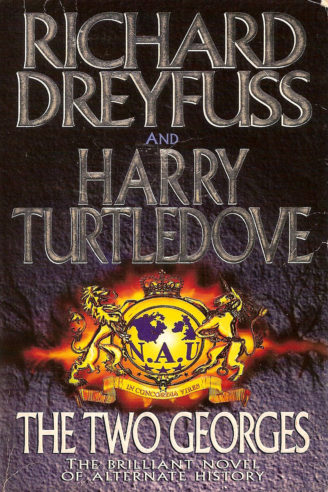
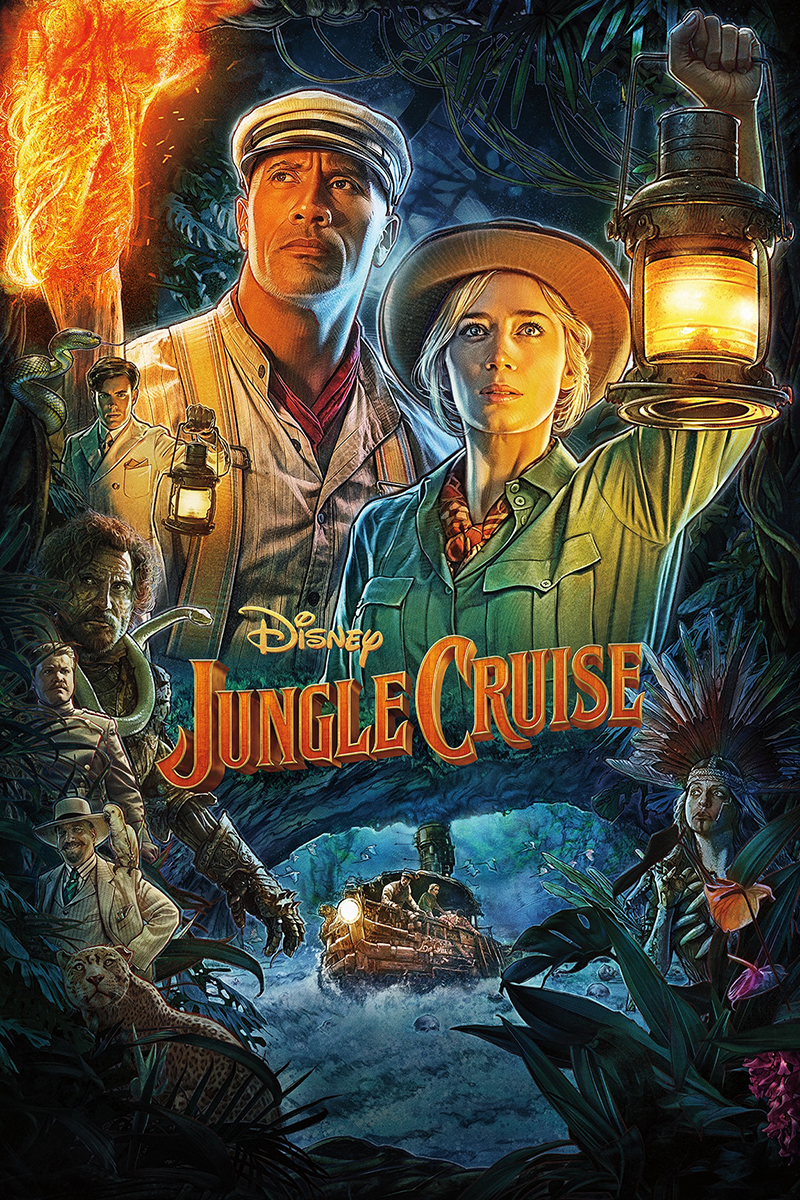
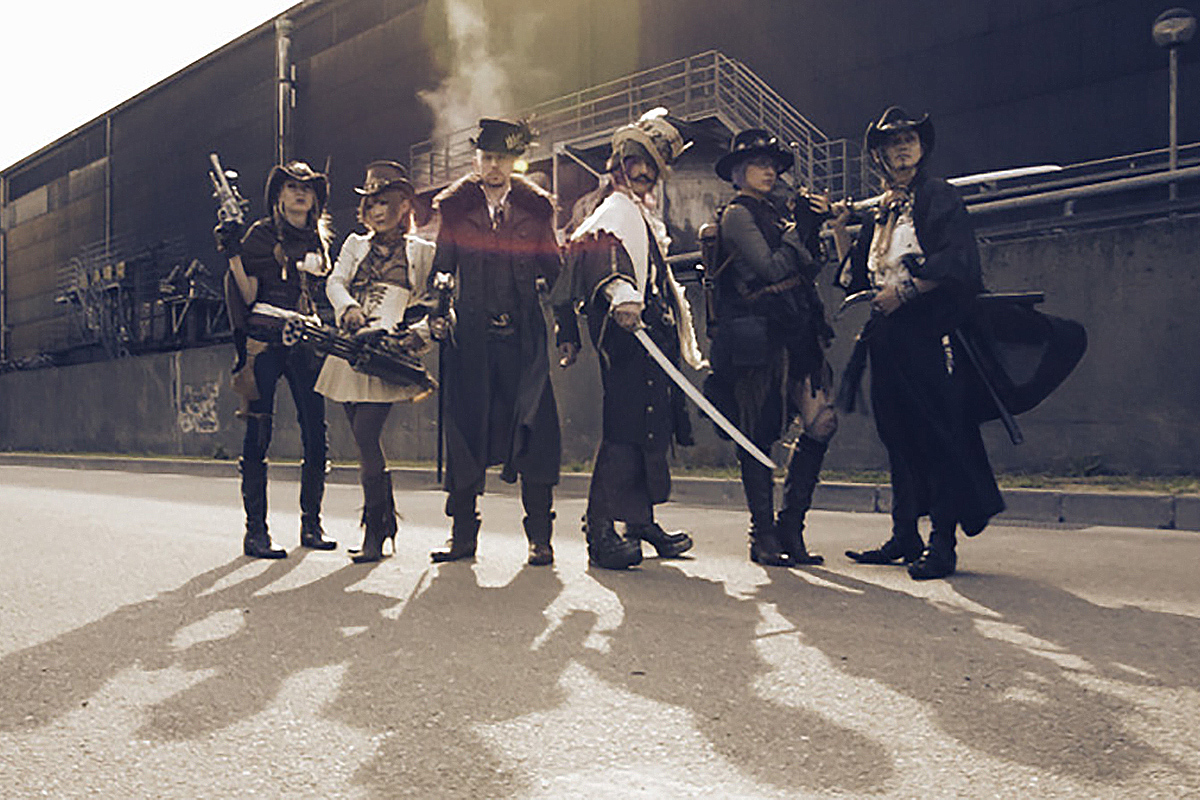
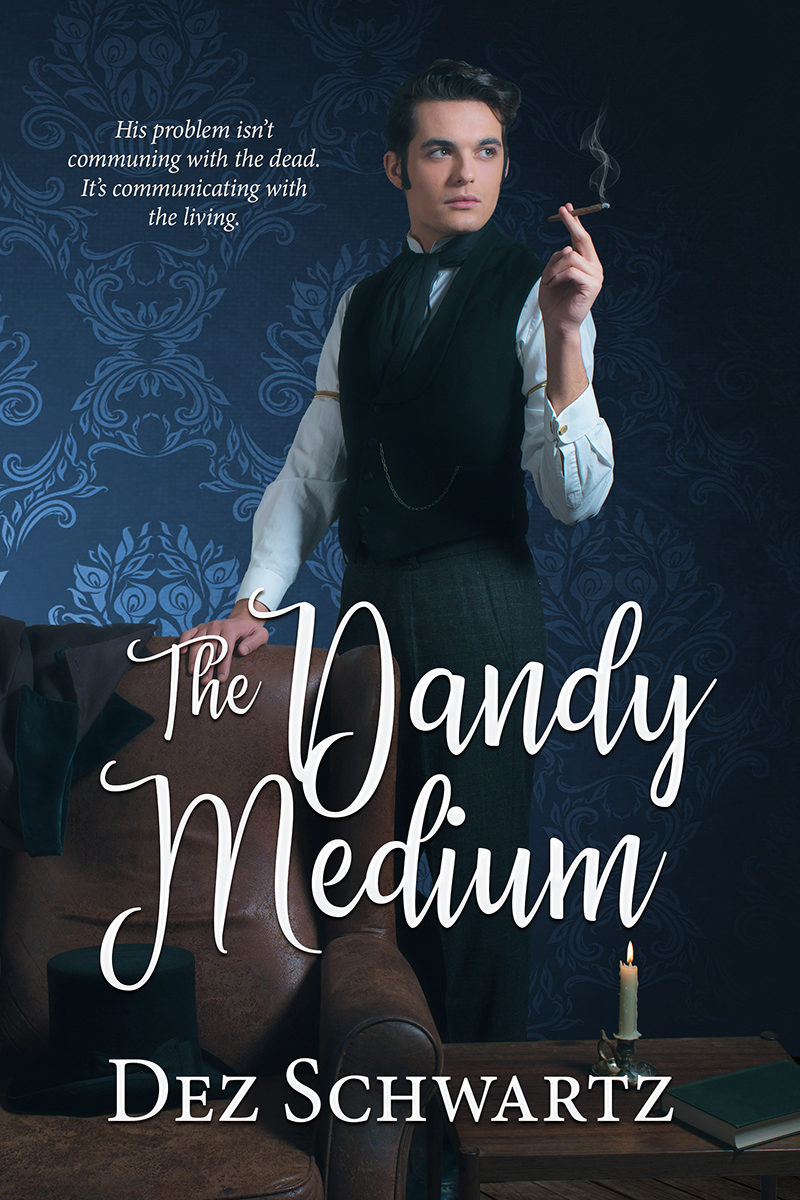
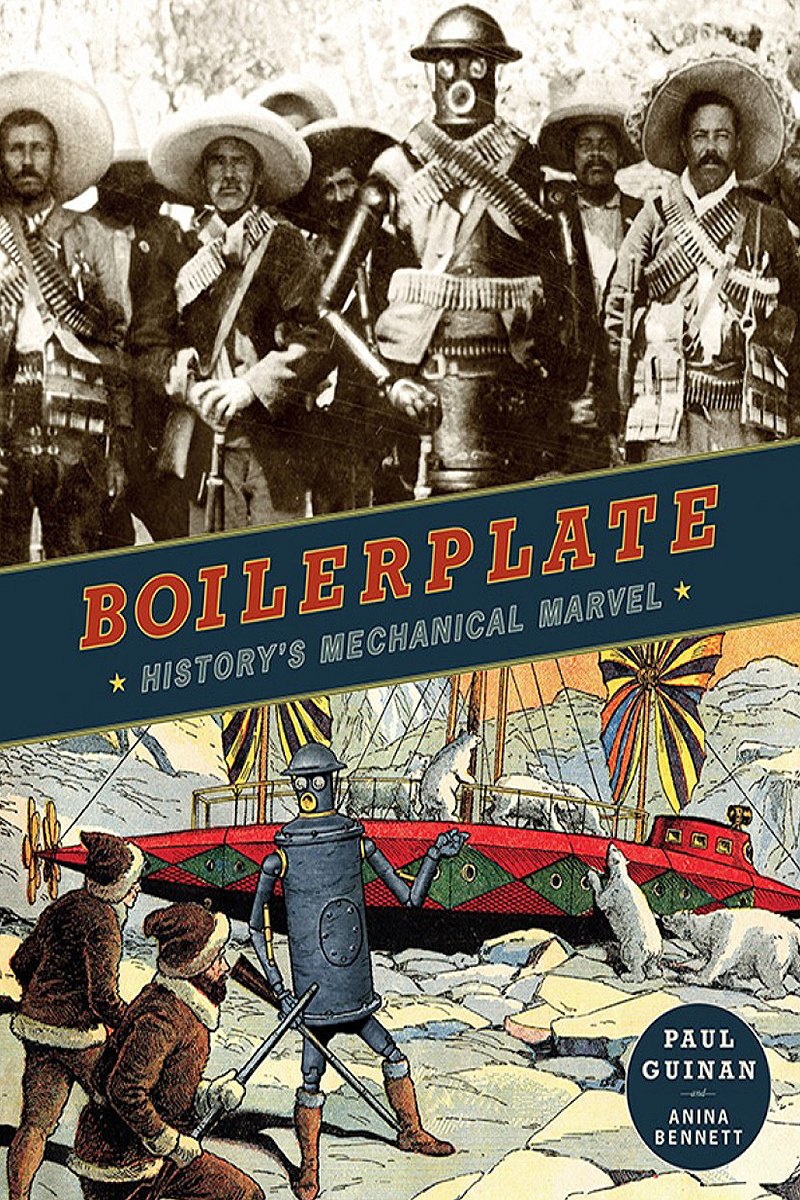
1 Comment
Add YoursAll your comments are true. A more imaginative treatment to explore a world without the American Revolution would be set in 2020. Imagine the possibilities!